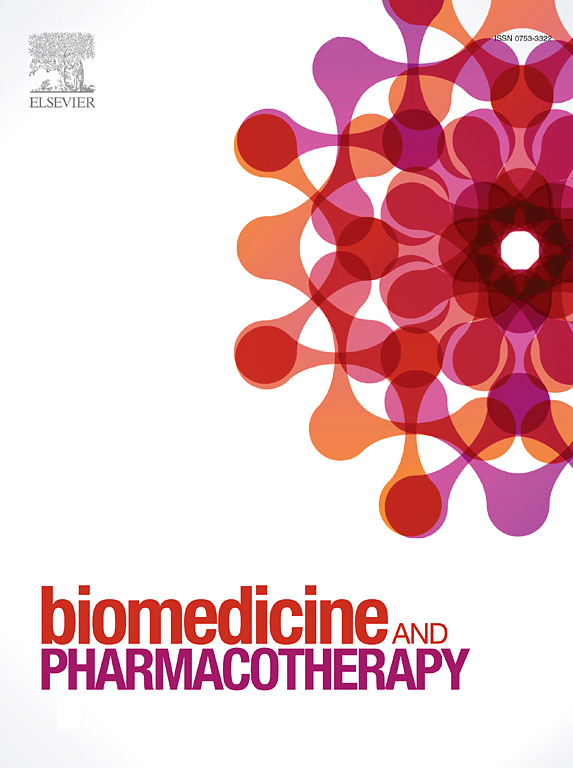L-DOPA/卡比多巴/丁螺环酮(Spinalon™)对猫腰骶部脊髓节律性电活动的急性影响。
IF 6.9
2区 医学
Q1 MEDICINE, RESEARCH & EXPERIMENTAL
引用次数: 0
摘要
Spinalon™是由Guertin及其同事于2004年发现的一种固定组合药物(L-DOPA、卡比多巴和丁螺环酮),可急性诱导完全或接近完全脊髓损伤(SCI)受试者出现暂时性节律性运动样活动。然而,人们对 Spinalon™ 的作用机制或对中枢模式发生器(CPG)神经元的直接影响知之甚少。我们的研究旨在确定 Spinalon™ 对已知包含用于搔抓和运动的中央模式发生器(即腰骶部)关键节律发生元件的节段区域脊髓电活动的影响。我们使用放置在腰骶部的多电极阵列记录了去脑猫的脊髓背侧信号。我们发现,单次静脉注射 100/25/7.5 mg/kg L-DOPA/ 卡比多巴/丁螺环酮(Spinalon™)可特异性地降低与假性抓挠相关的正弦波的振幅,并促进出现与假性运动频率相匹配的正弦波。这些观察结果表明 Spinalon™ 对腰骶部 CPG 有深远的影响。本文章由计算机程序翻译,如有差异,请以英文原文为准。
Acute effects of L-DOPA/carbidopa/buspirone (Spinalon™) on rhythmic electrical activity of the lumbosacral spinal cord in cats
Discovered by Guertin and colleagues in 2004, Spinalon™ is a fixed-drug combination (L-DOPA, carbidopa, and buspirone) that can acutely induce temporary episodes of rhythmic locomotor-like activity in complete or near-complete spinal cord-injured (SCI) subjects. However, little is known about the mechanisms of action or the direct effects of Spinalon™ on neural elements of the central pattern generators (CPGs). Our study aims at characterizing the effects of Spinalon™ on electrical activity of the spinal cord in segmental areas known to contain key rhythmogenic elements of the CPGs (i.e., lumbosacral) for scratching and locomotion. We recorded spinal cord dorsum signals from decerebrate cats using a multielectrode array placed over the lumbosacral region. We found that a single intravenous injection of 100/25/7.5 mg/kg L-DOPA/carbidopa/buspirone (Spinalon™) specifically reduced the amplitude of electrical sinusoidal waves associated with fictive scratching and promoted the appearance of electrical sinusoidal-like waves occurring at frequencies compatible with fictive locomotion. These observations suggest a profound impact of Spinalon™ on the lumbosacral CPGs.
求助全文
通过发布文献求助,成功后即可免费获取论文全文。
去求助
来源期刊
CiteScore
11.90
自引率
2.70%
发文量
1621
审稿时长
48 days
期刊介绍:
Biomedicine & Pharmacotherapy stands as a multidisciplinary journal, presenting a spectrum of original research reports, reviews, and communications in the realms of clinical and basic medicine, as well as pharmacology. The journal spans various fields, including Cancer, Nutriceutics, Neurodegenerative, Cardiac, and Infectious Diseases.

 求助内容:
求助内容: 应助结果提醒方式:
应助结果提醒方式:


